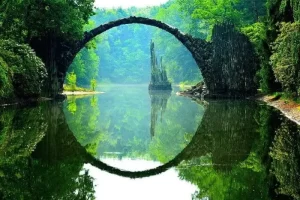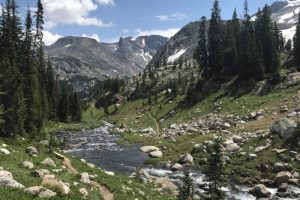For people who are not satisfied with the standard tourist attractions, jungle tourism is becoming a popular travel option. As more people become aware of the fragility of the Earth’s ecosystems, tourists are moving away from beach resorts and looking for a more memorable experience. Jungle travel offers travelers the chance to see the prehistoric state of the planet. The dense rainforests are home to the most diverse collection of plants and animals, creating an intricate web of life that has mystified scientists for centuries.
Most jungle tour operators operate in the Mayan World, a region that includes five countries including Mexico, Belize, El Salvador, and Guatemala. Most jungle tours include a visit to one of the most important Mayan archaeological sites, such as Chichen Itza or Tikal. Some tour providers use machetes and bicycles in order to get visitors close to the Mayan ruins. The average tour group size is ten to fifteen people.
Today, many tropical rainforests are under threat from human activity. Some of the untouched areas are protected by the government, but other parts have been decimated. In fact, El Salvador has lost more than eighty percent of its dense forest cover since 1960, largely due to urban expansion and population growth. While many countries protect their jungles, the important ecological areas do not always fit within their national boundaries. As such, the governments of Central America have created a “Mesoamerican biological corridor” to coordinate efforts to protect the rainforest. The World Wildlife Fund (WWF) also works toward jungle conservation in the region.
There are three major cities in the rainforest: Iquitos, the starting point of many Amazon trips. This Peruvian city sits along the Amazon river and is a destination in and of itself. You can get there by plane from Lima, or embark on a two or three-day river journey. As the largest city without roads, Iquitos is cut off from most man-made infrastructures. Many people choose to stay in the jungle for a week or more to fully experience the Amazon rainforest.
In contrast to the dense rainforests, Peru’s national parks also offer a diverse range of wildlife. The Manu National Park boasts some of the highest biodiversity of any park on earth. More than 9700 species of birds, 200 species of mammals, and 15,000 varieties of flowering plants make up this park’s diverse ecosystems. There are habituated monkeys, Giant Otters, and Lowland Tapirs, and many species of birds and mammals.
Among the top jungle tours offered by local tour operators, the most popular ones are Adventure & Jungle trips. Adventure & Jungle trips combine urban experiences with trips into the country’s remotest villages and mountains. These trips include trekking through mountain scenery, jungle walks, and nights in hill-tribe villages. Guests can enjoy a wide range of activities, from elephant riding to bamboo river rafting. The adventure and cultural experiences in these countries are truly life-changing.





